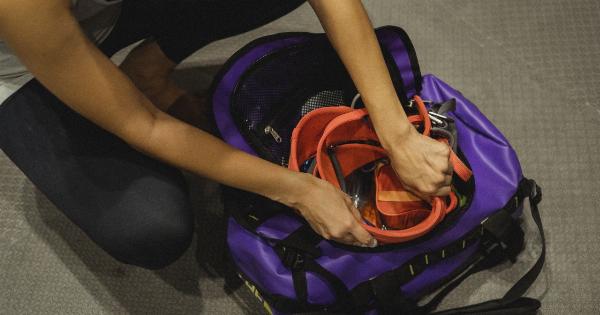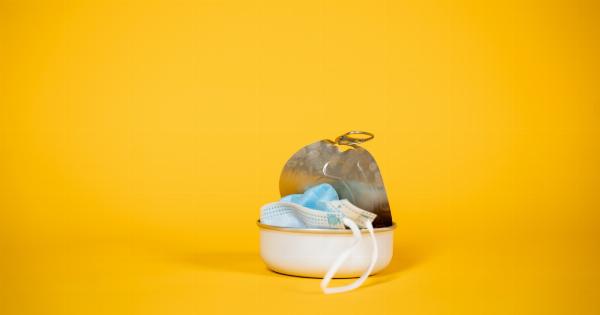With the summer season in full swing, it is important to take necessary precautions to prevent heat stroke. Heat stroke is a serious medical condition that occurs when the body’s core temperature rises to dangerous levels.
It can be life-threatening and requires immediate medical attention. In this article, we will discuss some effective strategies to help you stay cool and avoid heat stroke during hot weather.
1. Stay Hydrated
One of the best ways to prevent heat stroke is to stay hydrated. Drink plenty of fluids throughout the day, especially water. Avoid caffeinated or alcoholic beverages as they can contribute to dehydration.
Carry a water bottle with you at all times and make it a habit to take regular sips to keep your body hydrated.
2. Dress Appropriately
Wear loose-fitting and lightweight clothing during hot weather. Opt for light-colored clothes that reflect sunlight rather than dark-colored clothes that absorb heat. Choose fabrics that are breathable and allow air circulation.
Wearing a wide-brimmed hat and sunglasses can also provide additional protection from the sun’s rays.
3. Seek Shade
When the temperature rises, it is important to seek shade whenever possible. Avoid direct exposure to the sun, especially during the hottest hours of the day. Stay indoors in air-conditioned spaces if available.
If you need to be outside, look for shady areas or create your own shade using an umbrella or a canopy.
4. Plan Your Outdoor Activities
If you have outdoor activities planned, it is essential to schedule them during cooler times of the day, such as early morning or late evening. Avoid strenuous activities during peak heat hours.
Pace yourself and take frequent breaks to rest and cool down. Listen to your body and avoid overexertion.
5. Use Cooling Methods
Utilize cooling methods to reduce your body temperature. Apply a cold towel or wet bandana to your neck, wrists, or forehead. Take cool showers or baths to lower your body temperature.
Use fans or air conditioners to circulate air and cool down your living space.
6. Avoid Hot Environments
Avoid spending prolonged periods of time in hot environments such as parked cars or poorly ventilated areas. The temperature inside a car can escalate quickly, even with the windows cracked open.
Always double-check that children or pets are not left unattended in vehicles.
7. Monitor Medications
Some medications can affect your body’s ability to regulate temperature. Certain prescriptions and over-the-counter drugs may increase your risk of heat stroke.
Consult with your healthcare provider about your medications and any potential side effects related to heat exposure.
8. Be Mindful of High-Risk Groups
Certain individuals are more susceptible to heat-related illnesses, including the elderly, children, pregnant women, and individuals with pre-existing medical conditions.
If you or someone you know falls into these high-risk groups, take extra precautions and pay close attention to any signs of heat-related distress.
9. Know the Signs
It is crucial to recognize the signs and symptoms of heat stroke. Early detection and prompt medical intervention can save lives.
Symptoms of heat stroke include high body temperature, hot and dry skin, rapid pulse, headache, dizziness, nausea, confusion, and loss of consciousness. If you or someone around you experiences these symptoms, seek immediate medical help.
10. Educate Others
Spread awareness about the dangers of heat stroke and the importance of prevention. Educate your friends, family, and community about the risks of extreme heat and share these tips to help everyone stay safe during hot weather.
Together, we can reduce the incidence of heat stroke and create a safer and healthier environment.




























